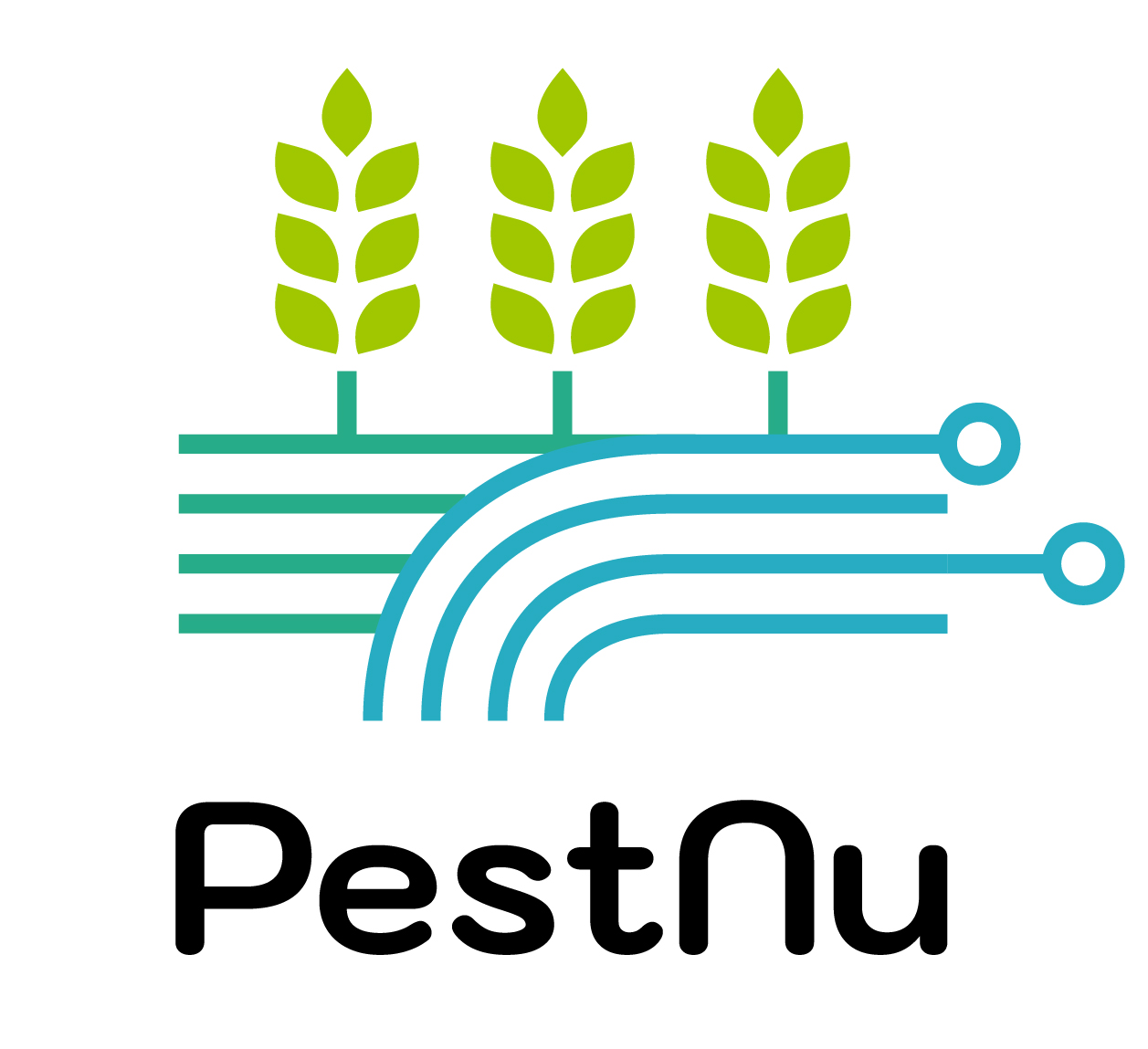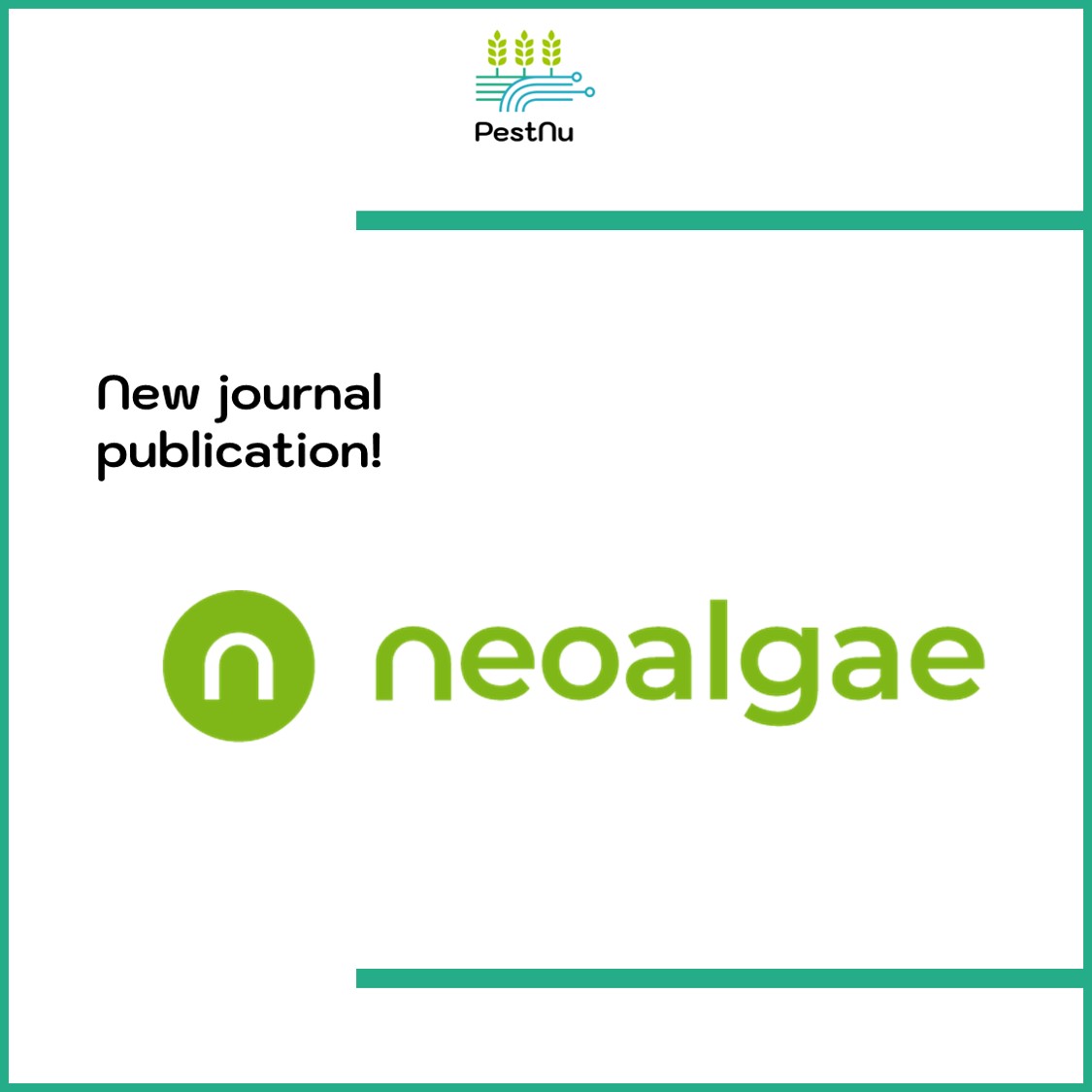Neoalgae has proceeded to another great achievement within the context of PestNu project!
Their scientific article titled “Revolutionizing Agriculture: Leveraging Hydroponic Greenhouse Wastewater for Sustainable Microalgae-Based Biostimulant Production” was published on the Special Issue of “Studies on Green Agriculture for Sustainable Development: Cultivation Methodologies, Techniques and Improving New Varieties”.
The exceptional article has also been selected as the cover of the journal!
The authors of the article, namely María Álvarez-Gil, Mario Blanco-Vieites, David Suárez-Montes, Víctor Casado-Bañares, Jesús Fidel Delgado-Ramallo, and Eduardo Rodríguez developed this piece of scientific work and its abstract can be found below:
Abstract:
The current intensification in agricultural pressure has resulted in the addition of excessive amounts of nutrients. While hydroponic systems have become an agricultural tool to reduce this nutrient addition, the produced nutrient-rich drainage solution, which has a negative effect in water bodies, is still a barrier that needs to be overcome. A promising alternative for nutrient recovery is the cultivation of microalgae, which require a significant quantity of nutrients for their growth. Furthermore, their biostimulant properties enhance the circularity and sustainability approach. This study evaluates microalgae growth with a hydroponic drainage solution and the use of the resulting biomass as a source for biostimulant. Three microalgae strains were tested (Desmodesmus sp., Chlorella vulgaris, and Scenedesmus obliquus) and grown at laboratory scale (0.5 and 2 L) with drainage wastewater taken from hydroponic tomato crops. Measures of OD750 and OD680 revealed Desmodesmus sp. as the strain with the best performance, achieving 1.4 and 1.8, respectively, in the 0.5 L assay and 1.08 and 1.3 in the 2 L assay. These results were confirmed in another assay that compared Desmodesmus sp. growth in drainage wastewater and in control media. Then, Desmodesmus sp. was tested at industrial scale. Results show the columnar PBR reached 1.8 g·L−1 compared to 1.1 g·L−1 achieved with raceways. Finally, the resulting biomass was tested in a biocatalysis process for biostimulant production, suggesting an innovative system to use microalgae biomass cultured in wastewater as a valuable product such as biostimulant.
DOI: https://doi.org/10.3390/su151914398
The link of the journal is the following: Sustainability | October-1 2023 – Browse Articles (mdpi.com)
.,

